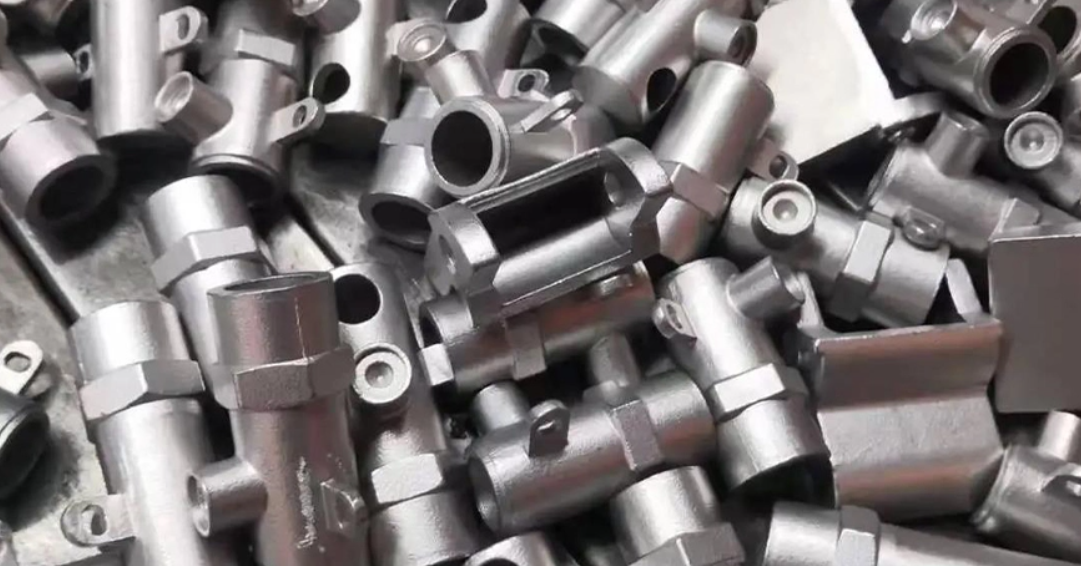Mobile:+86-311-808-126-83
Email:info@ydcastings.com
Fév . 19, 2025 11:49
Back to list
Profile And Machining
Stainless steel valve casting is a pivotal component in various industries, including oil and gas, chemical, power generation, and water treatment. The intricate process of creating these valves involves precision, expertise, and a thorough understanding of materials and procedures to ensure quality, durability, and performance.
Accredited manufacturers adhere strictly to international standards, such as with the American Society of Mechanical Engineers (ASME) or the International Organization for Standardization (ISO). These standards guide production, ensuring that the final products meet the necessary safety and performance metrics. Companies that align with these regulations demonstrate a level of authority and trustworthiness, assuring clients of their commitment to quality and reliability. Choosing the right stainless steel valve manufacturer involves considering their experience and expertise in the field. Established manufacturers often have decades of experience, contributing valuable insights and reliability in product performance. They invest in cutting-edge technology and skilled personnel to maintain their competitive edge in a growing market. Moreover, environmental considerations are increasingly influencing production methods. Sustainable practices such as recycling stainless steel and reducing carbon emissions are becoming standard. Manufacturers with a focus on sustainability can offer clients not just a product, but a part of a conscientious supply chain that aligns with contemporary corporate and consumer values. In a world that demands dependability and performance from every industrial component, stainless steel valve casting offers unmatched assurance. Through a blend of expert material selection, advanced manufacturing techniques, and unwavering commitment to quality standards, these components stand as pillars of industrial infrastructure.


Accredited manufacturers adhere strictly to international standards, such as with the American Society of Mechanical Engineers (ASME) or the International Organization for Standardization (ISO). These standards guide production, ensuring that the final products meet the necessary safety and performance metrics. Companies that align with these regulations demonstrate a level of authority and trustworthiness, assuring clients of their commitment to quality and reliability. Choosing the right stainless steel valve manufacturer involves considering their experience and expertise in the field. Established manufacturers often have decades of experience, contributing valuable insights and reliability in product performance. They invest in cutting-edge technology and skilled personnel to maintain their competitive edge in a growing market. Moreover, environmental considerations are increasingly influencing production methods. Sustainable practices such as recycling stainless steel and reducing carbon emissions are becoming standard. Manufacturers with a focus on sustainability can offer clients not just a product, but a part of a conscientious supply chain that aligns with contemporary corporate and consumer values. In a world that demands dependability and performance from every industrial component, stainless steel valve casting offers unmatched assurance. Through a blend of expert material selection, advanced manufacturing techniques, and unwavering commitment to quality standards, these components stand as pillars of industrial infrastructure.
Latest news
-
Unleash Wholesale with YD's Steel Investment CastingNewsAug.04,2025
-
Revolutionize Your Inventory with High-Quality Impeller SolutionsNewsAug.04,2025
-
Power Your Wholesale Business with Premium Electric Power AccessoriesNewsAug.04,2025
-
Elevate Your Wholesale Business with Premium Valve SolutionsNewsAug.04,2025
-
Elevate Your Wholesale Business with Premier Metal Castings SolutionsNewsAug.04,2025
-
Drive Your Wholesale Success with Premium Auto Water Pump SolutionNewsAug.04,2025
Related PRODUCTS











